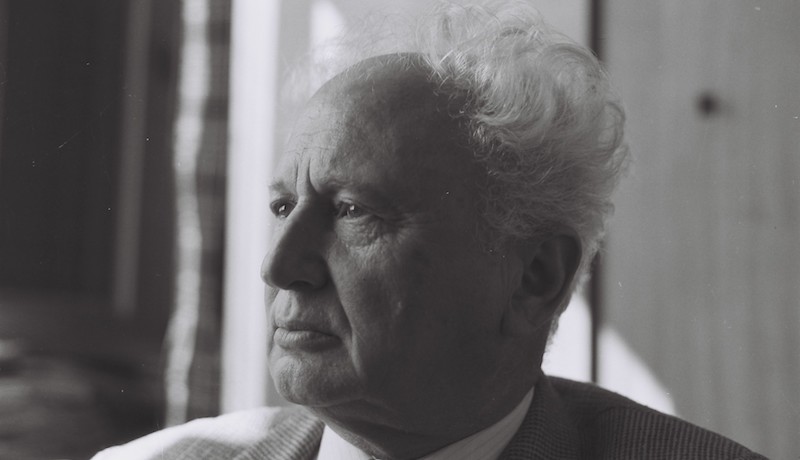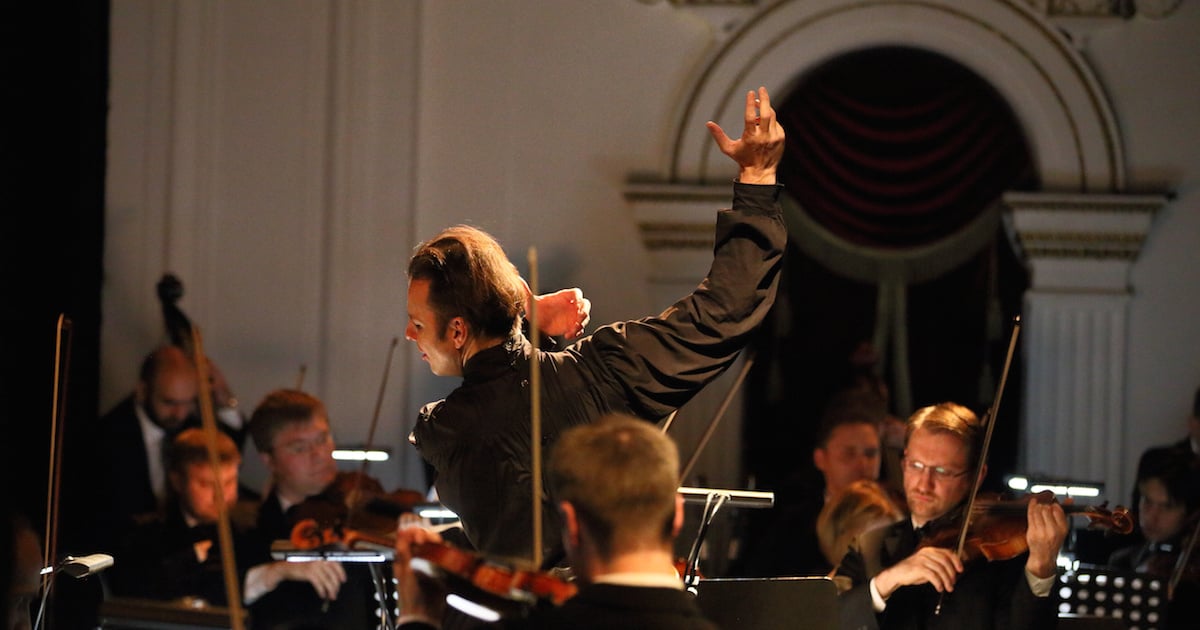The story of Sofia Gubaidulina, the composer who created music for God in the atheist USSR
In a 1996 interview, composer Sofia Gubaidulina boldly announced her principal aim as an artist: “my desire is always to rebel, to swim against the stream!” That rebellious spirit has carried her through her life, part of a group of composers from Soviet countries whose “neither traditional, nor avant-garde” sensibility in classical music continues to intrigue.
Gubaidulina’s music is barren and edgy, filled with pain. With its discordant clashes and darkly hued textures, its austere presentation emits a subset of emotions similar to other composers from the post-serial avant-garde, but Gubaidulina’s reluctance to the latter term is trenchant, understandably so: “When we were young in Moscow, the authorities called us ‘avant-garde artists’ to curse us. And at that time, I did not have a reason to rebel. But now it sounds not like a curse, but like encouragement: ‘Oh, the avant-garde composer! How wonderful!’ I do not like such praise.”
Aside from music, faith has been a constant in Gubaidulina’s life since childhood. Born into poverty in the Russian city of Chistopol in 1931, her imagination “turned to the sky” while she still played in her childhood backyard. Religion had a crucial part in her compositions for at least 40 years – highlights include her St John Passion (2000), written in celebration of J.S Bach. Yet she veers away from the tonality of contemporary composers who explore the sacred. Her oeuvre is far removed from the so-called ‘Holy Minimalists’ Arvo Pärt and Henryk Górecki, a difficult aesthetic position to maintain in itself against the backdrop of an atheist Soviet state.
So where does Gubaidulina stand, as she turns 90 on 24 October, 2021? Maybe it’s alongside the spirit of Messiaen’s Holy Maximalism, or with the innate focus and commitment to form of György Kurtág. Or maybe it’s entirely by herself, at her home in Appen, Germany – a village with only two roads, where she can work without interruption.
Seminal moment – The Khrennikov Seven
Gubaidulina relocated from Christopol to Kazan while she was still a child, enrolling at the city’s conservatory before moving to Moscow Conservatory to study with Vissarion Shebalin. Shebalin was a composer of the generation who suffered under Andrey Zhdanov’s 1948 doctrine on musical “formalism” (which criticised art for art’s sake which didn’t serve a larger social purpose).
In 1979, Gubaidulina herself would fall out of favour with the authorities as part of the Khrennikovskaya Semyorka, or Khrennikov Seven: a group of Soviet composers writing modernist-informed, experimental music. They became infamous when they were criticised by the leader of the Composers’ Union Tikhon Khrennikov after their work appeared without the state’s approval at a contemporary music festival in Germany. The composers were blacklisted, with restrictions being put on publication of their music and performances of their works.
This denunciation mirrored similar decrees in the late 1940s, when the likes of Shostakovich, Prokofiev and others where criticised for incorporating “incorrect” dissonance into their work, straying from the hastily-assembled aesthetic parameters of socialist realism. But Khrennikov’s language reached back even further. Descriptions of the composers’ supposed flaws (“noisy mud instead of real musical innovation”) followed the same script as the infamous 1936 Pravda response to Shostakovich’s opera Lady Macbeth of the Mtensk District, criticised as “muddle instead of music” in a damning editorial.
Gradually, the majority of the Khrennikov Seven went into exile abroad, including Gubaidulina. But by the late 70s, the ground had shifted – public denunciation was not as fateful to artists as it had been 30 years earlier. “Being blacklisted and so unperformed gave me artistic freedom, even if I couldn’t earn much money,” Gubaidulina said in 2013. In the 1940s, the Soviet Culture Ministry would flex its muscles to make sure its high-profile figures toed the party line. In 1979, the Khrennikov decree was an attempt to rein in a decidedly anti-establishment group — but instead, these composers’ visibility was only increased by the move. It took 10 years for the composers of the 1948 blacklisting to be formally rehabilitated; Gubaidulina returned to the programmes of the USSR Ministry of Culture Orchestra much earlier. Her homecoming was marked by a 1982 concert featuring the Russian premiere of her religiously-themed violin concerto Offertorium, as well as music by Alfred Schnittke, and another one of the Khrennikov Seven, Edison Denisov.
Up close – De Profundis
Gubaidulina composed this piece for bayan, a chromatic button accordion from Russia, in 1978. The bayan differs from Western piano accordions in range (it can go much higher), and tone colour (purer than the oft-nasal sounds of the Western accordion). The bayan’s mighty bass register is also more pronounced, making it the perfect object of exploration for Gubaidulina, who has written for low-pitched instruments with surprising regularity throughout her career. In this extremely expressive solo escapade, widely considered one of the finest for the instrument, Gubaidulina stretches the bayan and its players to the limit, requiring performers to interpret non-standard musical notation and tackle physically demanding extended techniques like bellow shakes, especially difficult on an instrument of its size. The piece also happens to feature in Yorgos Lanthimos’ cult 2017 thriller and Cannes Film Festival Winner, The Killing of a Sacred Deer.
Style and work
As well as being an acutely expressive work in itself, De Profundis also touches on a number of Gubaidulina’s key musical characteristics. Flicking through one of Gubaidulina’s scores, the composer’s sense of line and musical contour is strikingly distinct. From a starting point of pitch (i.e. how high or low a note is), contour is concerned with how a piece of music travels between different notes: whether the movement is jagged, smooth, sudden, or gradual, undulating or steep. Gubaidulina’s score for De Profundis (often using graphic notation rather than conventional dots) shows vividly the piece’s rollercoaster ride.
Gubaidulina seamlessly melds expressive technique and religious themes over the course of De Profundis, the title of which is taken from one of the Penitential psalms. It’s a text with a rich history in vocal music for obvious reasons – the opening is full of possibility for voices: “Out of the depths I have cried unto thee, O Lord / Lord, hear my voice; let thine ears be attentive to the voice of my supplications”.
Gubaidulina chose the accordion rather than a choir: it’s one of the only instruments to breathe for itself. De Profundis opens with breath-like snuffles from the bowels of the instrument itself. The piece follows the text’s series of tortured ascents, before breaking out into sounds resembling a church organ, more hesitant quivers, and furious raging stabs. It’s a fascinating piece that rewrites the rulebook for a much-caricatured instrument.
This article is part of our series Women, recollected, an ongoing project shining a light on the forgotten women pioneers of 20th century culture.


